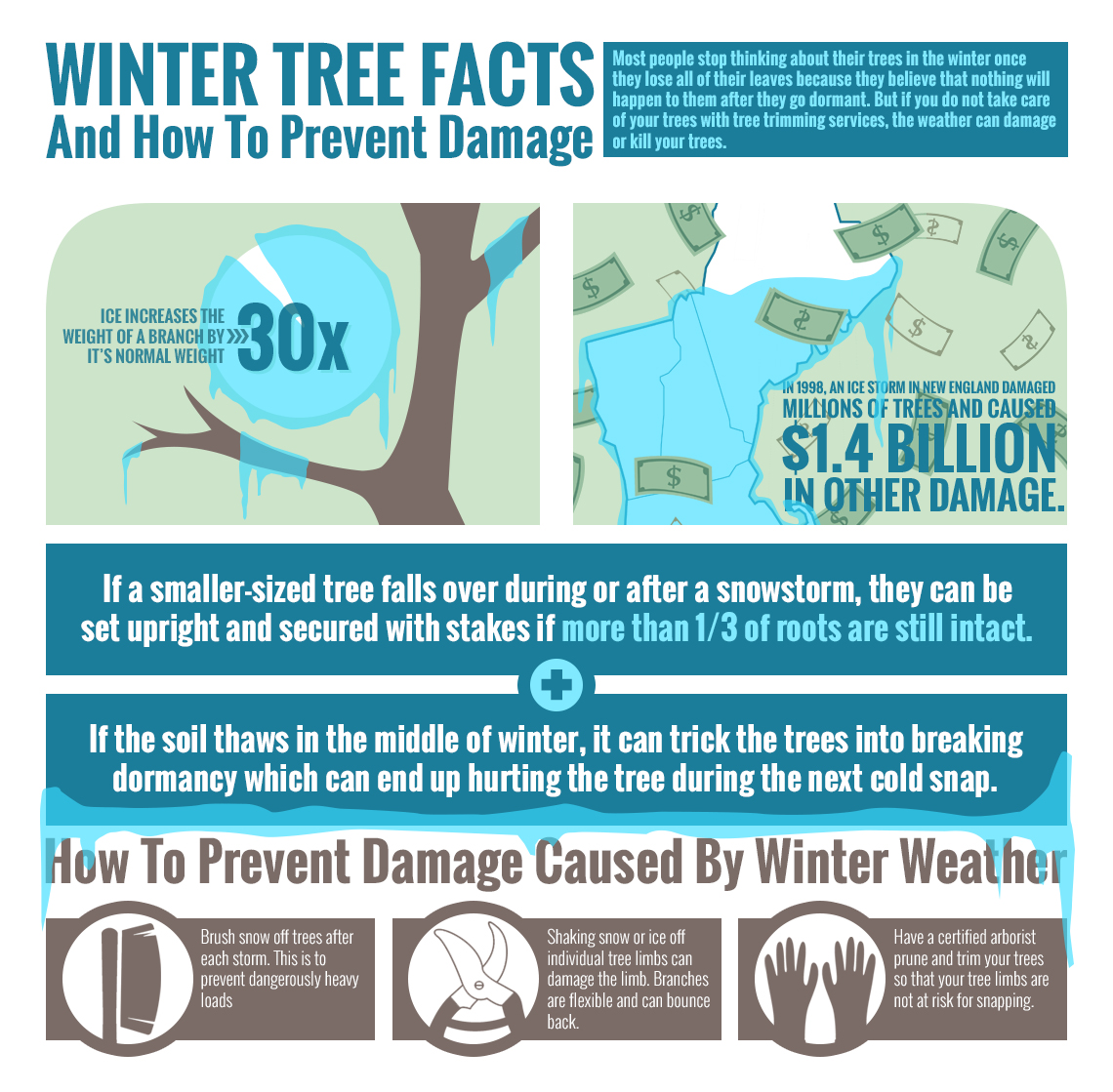Protecting Your Landscape: Replanting After Tree Removal
Protecting Your Landscape: Replanting After Tree Removal
Blog Article
Learn Additional -Asmussen Hudson
Tree removal can leave a void in your landscape that needs filling. You can plant something new in that space, yet it takes additional care and attention at the beginning to help it flourish.
The soil because location will certainly keep altering over time as bacteria break down the old origins. That can impact the vitamins and mineral balance and physical area for brand-new development.
Dirt
The dirt in a story where a tree has been removed is likely to be extremely different from the remainder of your garden or yard. The origins of the old tree and the stump will have transformed the dirt, removing some nutrients and potentially crowding out various other plants. In addition, if the previous tree was infected, the transmittable agent might still remain in the ground.
https://how-to-remove-stumps-by-h62839.bloggip.com/29355324/5-secret-variables-to-consider-prior-to-getting-rid-of-a-tree-from-your-property of roots cultivates an abundant and varied neighborhood of soil bacteria that boosts important procedures like vitamins and mineral cycling and organic matter decomposition. Without these microbes, the displaced dirt can come to be less abundant and nutrient-depleted, with an adverse effect on plant growth.
Prior to replanting, the dirt needs to be eliminated of debris and natural product (such as wood chips from stump grinding). You might desire to mix in potting dirt or native dirt with this garden compost to offer your new growing with an atmosphere that is well balanced and packed with nutrients.
Water
Tree origins take in large amounts of water from the soil. This process likewise adds nutrients back to the soil, particularly nitrogen, which is vital for new trees and plants. Sadly, old dirt can be depleted of these crucial minerals as a result of the rotting roots and stump from an eliminated tree.
This is why it's important to have a plan for the future of your landscape. Ideally, the very best time to plant is when you have a clean slate.
Whether https://coppernailsforkillingtree95062.bligblogging.com/29869543/identifying-the-correct-time-for-tree-removal-an-overview-for-homeowners growing yard or flowers, make sure to utilize a soaker pipe to stay clear of overwatering your brand-new landscaping. If the area was a garden, ensure to cover the soil with organic compost to aid keep dampness in the dirt, control soil temperature levels and subdue weeds. This additionally provides a layer of defense for young plants and promotes worm activity. Then, consistently renew the mulch to continue improving the dirt nutrient density and microbial life. This is called soil restoration.
Light
Trees are an excellent addition to any type of landscape, providing shade, aesthetic pulchritude, and several other advantages. Nevertheless, occasionally trees end up being unsightly as a result of a variety of reasons, including condition, insect infestations and all-natural aging.
In such cases, it might be essential to eliminate a tree. It is necessary to take into consideration the worth of a particular tree in your landscaping and take the appropriate steps to ensure that the removal is done safely and effectively.
During the late summer season, it's an optimal time to carry out upkeep and examinations on existing trees. Seek indications of illness, insect invasions, or architectural damage, along with any kind of prospective dangers such as damaged or leaning trees.
Before beginning any type of construction projects, make sure to shield the root zones of existing trees by staying clear of dirt compaction and rating around them. Organic matter, as it breaks down, can generate poisonous gases that are destructive to the origins of a tree. Learn Additional 's also a good idea to mulch the area around a tree after building has finished to conserve wetness and suppress weed development.
Temperature
Trees are important to a landscape for their visual charm, however they additionally play a crucial role in the regional environment by offering color and windbreaks. They sustain wild animals habitats and minimize the amount of co2 airborne, which can add to worldwide warming. This is why it is a good idea to replant trees after eliminating one from the residential property.
When replanting a brand-new tree in the location of a previous stump, the dirt may not have sufficient nutrients to sustain it. It is best to wait for a year prior to planting to make certain that the dirt will be rich in nutrients.
To guarantee that replanted trees thrive, it is critical to offer them with correct treatment. A layer of mulch will keep soil moisture from vaporizing, manage soil temperature, and assistance subdue weeds. Organic mulch is the recommended choice since it boosts soil fertility. Recurring fertilization and pest control are additionally necessary for replanted trees.